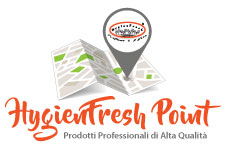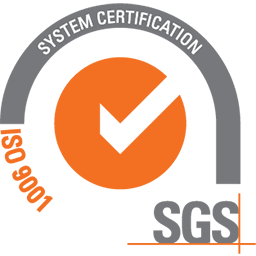Water chemistry
Water is the most used solvent and the oldest one.
Water is a molecule composed by hydrogen and oxygen. These 2 atoms give to water a light charge. This polarization makes it bind with other charged molecules.
For this reason water can dissolve the majority of molecules that have a charge (negative or positive)
Dirty and water
Usually dirty on garments is of fat kind. Fat molecules are apolar (without charge)
Water is not able to interact appropriately with these molecules and therefore it needs a help: Surfactants.
Surfactants are molecules with an apolar part (without charge) and a polar part (with charge).
These two features make them compatible with both water and dirty, so they act as intermediary to solubilize dirt in water.
The surfactants property used during wash is the following:
Lower the superficial tension so that water can penetrate into fibres, Binding to fat dirty and solubilizing it in water
---> Add of Susfactants --->
Surfactants can be divided in 4 categories:
- Anionic: with negative charge
They have excellent detergent and foaming properties - Cationic: with positive charge
They have antistatic and hygienising effects, however they have limited detergent properties. - Amphoteric: according to pH they can be cationic or anionic
Combined with cationic or anionic surfactants they improve properties - Non Ionic: without a nett charge
They are excellent solubilizing and reduce the aggressiveness of the other surfactants on the skin



















